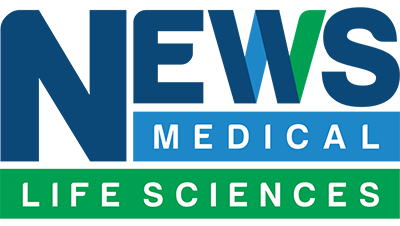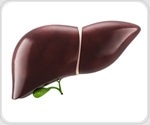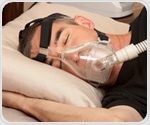
|
|
|
| |

|
|
| |
The latest pulmonology news from News Medical |
|
|
|
 | | |  AI analysis of chest X-rays may reveal early signs of aging AI analysis of chest X-rays may reveal early signs of aging Artificial intelligence may be able to reveal how fast your body is aging by analyzing a chest X-ray, according to a new study published in The Journals of Gerontology. Researchers found that a deep learning model was able to detect subtle, age-related changes in the heart, lungs, and overall health more effectively than leading DNA-based "epigenetic clocks." | | | | |  Blood metabolite profiling outperforms BMI in predicting pregnancy complications Blood metabolite profiling outperforms BMI in predicting pregnancy complications This study shows that a blood-based metabolomic signature linked to maternal BMI predicts gestational diabetes and preeclampsia more strongly than BMI alone, particularly in late pregnancy. A subset of 16 metabolites statistically mediates the BMI–gestational diabetes association, highlighting metabolic pathways that may improve prenatal risk stratification. | |
|
|
| |  | | |  As rates of obesity, high blood pressure, type 2 diabetes and sleep apnea increase, cases of advanced chronic liver disease and resulting liver scarring or cirrhosis also are rising. Patients often are diagnosed based on symptoms, such as gastrointestinal bleeding, fluid retention or jaundice, which happen when liver disease has progressed to a late stage. As rates of obesity, high blood pressure, type 2 diabetes and sleep apnea increase, cases of advanced chronic liver disease and resulting liver scarring or cirrhosis also are rising. Patients often are diagnosed based on symptoms, such as gastrointestinal bleeding, fluid retention or jaundice, which happen when liver disease has progressed to a late stage. | | | | |  Obstructive sleep apnea (OSA) is a common sleep disorder in the U.S. affecting tens of millions, with estimates ranging from 25 to more than 80 million adults. Obstructive sleep apnea (OSA) is a common sleep disorder in the U.S. affecting tens of millions, with estimates ranging from 25 to more than 80 million adults. | | | | |  Lung cancer is the second-most common cancer and the leading cause of cancer death in the United States. Lung cancer is the second-most common cancer and the leading cause of cancer death in the United States. | |
|
|
|
|
|
|
|